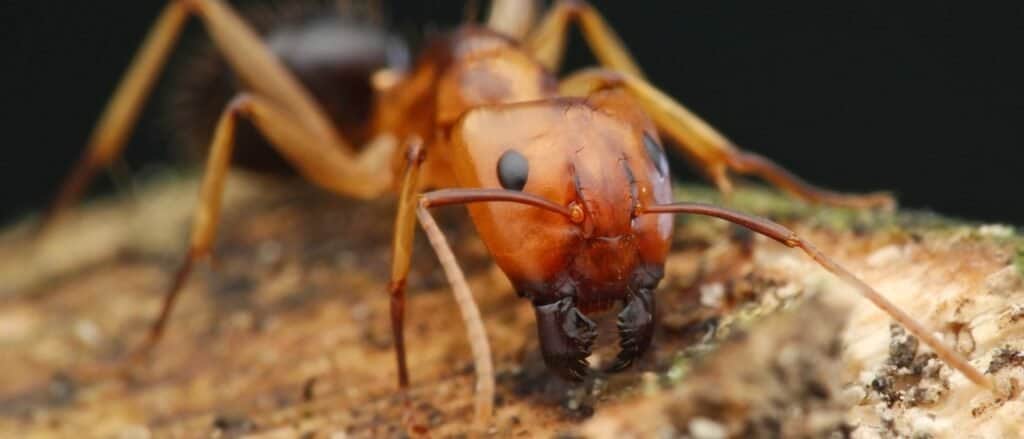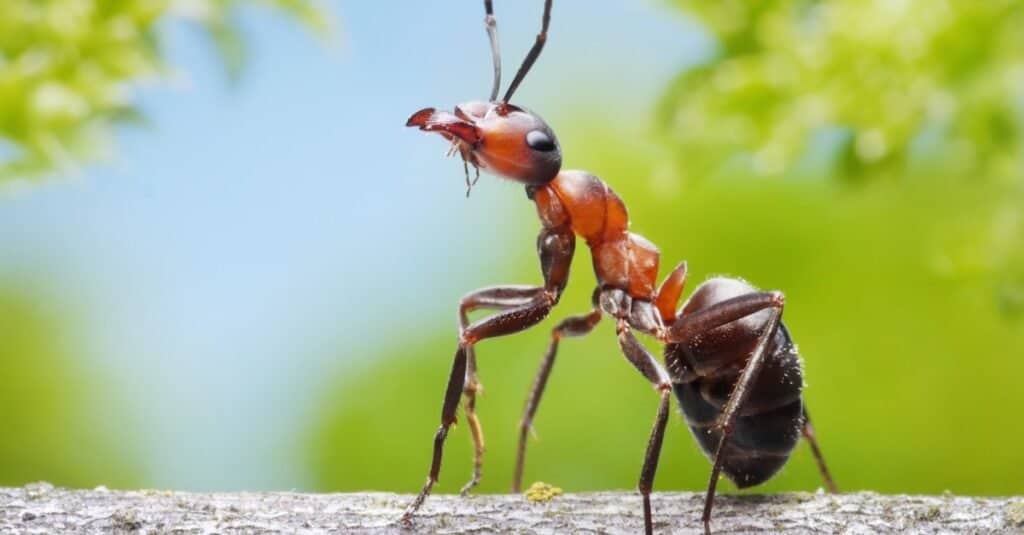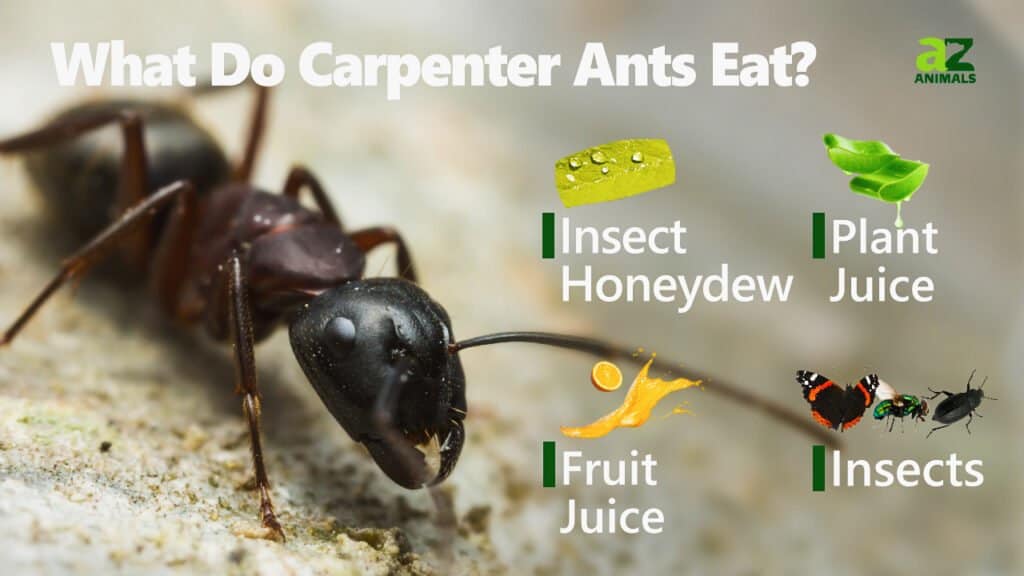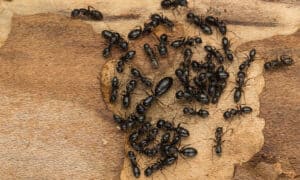Ants are everywhere, but nobody is truly scared of these insects. However, a recently magnified image of a carpenter ant got a lot of attention, and we wonder if the view will amuse you all that much. The world is much more intricate than our eyes can see, so we occasionally require assistance tuning into the details.
Micro photography is one of the narrower specialties and classifications that photography branches out into, as with any other art form. Hence, when it comes to getting close-up and (very) intimate, micro photography frequently works, particularly with incredibly small subjects like flowers and insects. So, what exactly is this image of an ant making rounds online and being referred to as a horrifying sci-fi monster? This article will unveil the viral up-close picture of an ant’s face and other interesting facts.
The Story Behind the Up-Close Picture of an Ant’s Face
Contestants in the 2022 Nikon Small World Photomicrography Competition had to photograph the small world surrounding us. Naturally, the majority of this comprises small insects and other living things.
Due to its eerie quality and the approaching Halloween holiday, a close-up picture of a carpenter ant’s face went extremely viral on social media. Many claim the image has permanently altered their opinion of the common insect. The wildlife photographer Eugenijus Kavaliauskas, whose stunning portfolio you could lose yourself in for hours on end, took the image of the ant. The photo has been recognized as an “Image of Distinction,” and it is easy to see why. The ant doesn’t look like a small insect encountered in the backyard or kitchen; instead, it has horrifying features like tiny red eyes, a growling grin, pointy teeth, and chin whiskers.
With the use of reflected light technology, Dr. Kavaliauskas is credited with taking what is believed to be the most detailed image of an ant’s face today. Everyone had the heebie-jeebies when they saw the ant’s face greatly amplified five times under a microscope. However, the ant photographer stated that there are “no horrors in nature” in response to the strong reaction.
This year’s competition garnered 1,300 entries in the final tally, ranging from pictures of microscopic living things to images of animal parts. The judges were drawn to other images besides the one of the ant. Other eerie photos that won awards showed a tiger beetle consuming a fly, a giant blob of goo, and a surreal picture of a discolored dinosaur fossil. And even though the image of the ant sparked a lot of online discussions, it surprisingly did not get in the top 20.
Who Won the Competition?
Grigorii Timin and Dr. Michel Milinkovitch of the University of Geneva won the top prize in the 2022 Nikon Small World Photomicrography Competition for their microscopically detailed image of a Madagascar giant day gecko’s developing hand. The image reveals the intricate structure of the gecko hand, which has some fingers joined in three or four different spots, giving the animal the exceptional agility required to easily maneuver through tree branches. The image, created using confocal microscopy at an amazing 63X range, clearly shows the inner vascular system and the ribbed traces of the fingers.
While Dr. Kavaliauskas received a Nikon prize worth just $35 for his popular ant photo, the first-place reward was $3000.
Carpenter Ants: What You Should Know

Carpenter ants are among the biggest ant species, with a size of up to half an inch.
©Waffa/Shutterstock.com
The carpenter ant is a species of social insect that burrows into the wood. Its colonies are massive, highly segmented, and collaborative. The carpenter ant plays a significant role in the natural decay of old forest wood, but when they get inside your house, they can be a real annoyance. They cause so much harm that people frequently mistake them for termites.
A circle of hairs at the top of the stomach, three separate body zones (including a particularly round center and a heart-shaped head), and six legs are traits shared by all species of carpenter ants. They are among the biggest ant species, with a size of up to half an inch. Many of them are red, brown, or black in color. However, because they differ so much, it is challenging to distinguish one from another solely based on color and characteristics.
Carpenter Ants’ Habitat

Most carpenter ant species can be found in woodlands and forests.
©iStock.com/Antrey
Carpenter ants can be found almost anywhere with hollow, decomposing, or damp wood. Most species are restricted to woodlands and forests but also have the unwelcome propensity to enter human homes. All around the world, including isolated islands like Hawaii, carpenter ants are a common sight.
What Do Carpenter Ants Eat?

Carpenter ants eat nectar, fruit juice, termites, budworm larvae, dead insects, aphid honeydew, and other sugary snacks. Considering that they are omnivores, carpenter ants consume both animal and plant food. Carpenter ants will consume sweets, meat, eggs, and animal fat if they get inside your house. Dead insects are an excellent source of protein, so these ants frequently scavenge for “roadkill.” Worker ants find dead insect parts, extract the fluids from them, and discard the shell.
Up Next:
Carpenter Ants vs Black Ants: What’s the Difference?
The 10 Largest Ants In The World
‘Running of the Bulls’ vs Climbing Mount Everest: Which Is More Dangerous?
The photo featured at the top of this post is © Poravute Siriphiroon/Shutterstock.com
Sources
- David Nield, Available here: https://www.sciencealert.com/this-incredible-photo-of-an-ants-face-is-like-something-out-of-a-nightmare
- Jennifer Nalewicki, Available here: https://www.livescience.com/demon-ant-nikon-photo-contest
- Genevieve Thorpe, Available here: https://thenewdaily.com.au/life/science/2022/10/24/ant-face-photo-nikon/
Thank you for reading! Have some feedback for us? Contact the AZ Animals editorial team.






